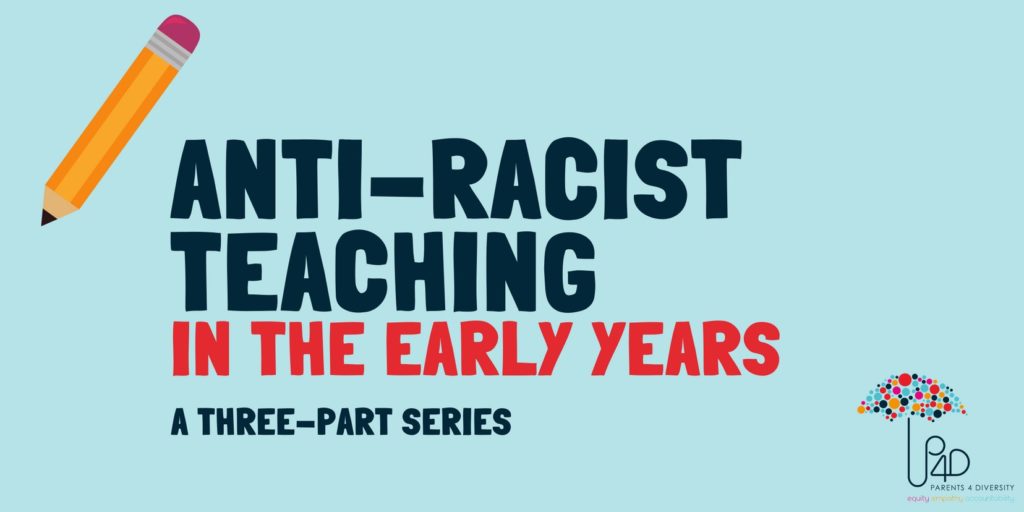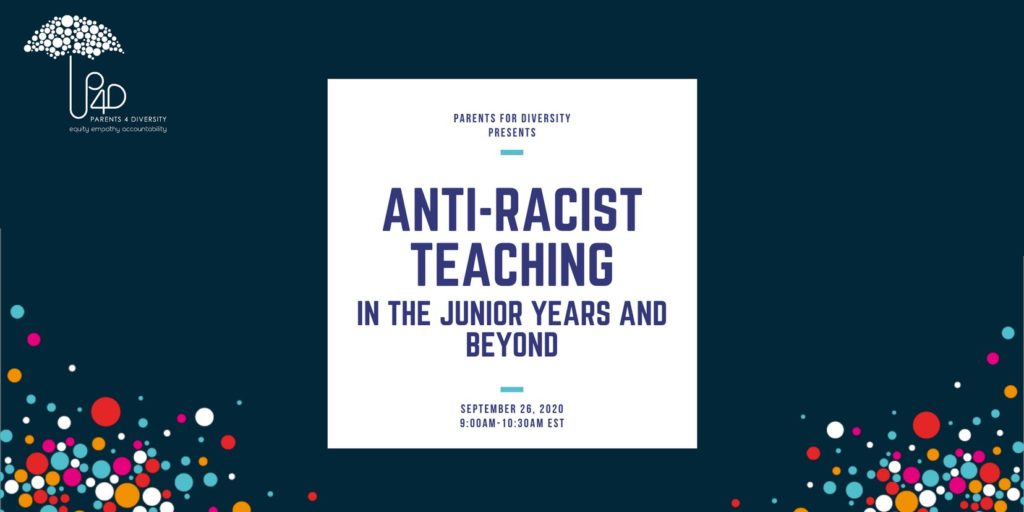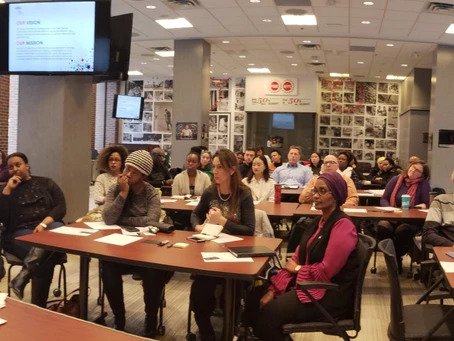The four Ottawa-area public school boards are in the process of transitioning students back to learning both in-person and virtually, and as an organization committed to achieving inclusive and non-discriminatory learning environments that allow children to fulfill their true potential in this world, we have serious concerns about the ways in which COVID-19 is exacerbating existing inequities in public education.
Six months into the COVID-19 pandemic the statement “we are all in this together” remains a popular but inaccurate representation of the impacts of COVID-19 on the population of Ontario. National data has very clearly demonstrated that Black Canadians are disproportionately harmed both financially in the form of reduced wages and employment opportunities and more likely to have contracted COVID-19. Here in Ontario, newcomers and refugees have contracted COVID-19 at disproportionately high rates, with women who are healthcare workers overrepresented in this population. COVID-19 is exposing and exacerbating existing inequities in every part of our communities, and our public education system is no exception. Families across Ontario are faced with challenging decisions about their children’s education this fall, but some challenges are greater than others. While wealthy and largely white families are opting out of the public education system in favor of smaller private schools or private learning pods, low-income families in neighborhoods with higher rates of COVID-19 cases do not have the same set of choices available to them. Some families made vulnerable by structural inequities and policy-generated poverty are worried that virtual education models are forcing a choice between access to a quality education and their children’s health. Experts continue to identify failures to adequately prepare in-person learning spaces in order to provide maximum health protections for students, educators, and staff, including class size, access to personal protective equipment, and ventilation.
In June, the world turned their attention to the murder of George Floyd, and the volume of the conversation around systemic racism and anti-Black racism in Canada increased. How has that conversation about Black Lives Matter translated into tangible action to improve outcomes for Black students? As we grapple with how to safely return students, educators, and staff to school amidst a global viral pandemic, we cannot overlook the existing equity challenges already present in our educational systems. Whereever data is collected and analyzed, racism is documented to be present in our Ottawa schools (and the lack of disaggregated data collection and analysis by all public school boards is an equity challenge in itself). Amira Elghawaby writes “As with the ongoing work to keep students and staff safe from COVID-19, educators must scan our institutional systems for signs of risk and danger when it comes to racism. That requires addressing the long-standing concerns around school safety for racialized students, around curricula that fails to reflect our society’s past and present, and the role of teachers and administrators in fostering opportunities for all students, regardless of race, class, or creed.”
We could not agree more.
Systemic racism is ongoing amidst the COVID-19 pandemic, and for the sake of racialized students, educators, and staff, we cannot afford to de-prioritize anti-racism work.
What does it look like to centre anti-racism in education amidst a viral pandemic? We offer two key concepts for our community.
First, a series of questions for parents/caregivers, educators, staff, and administrators to reflect on.
How do the following factors create or exacerbate existing inequities for students and families?
- Reliance on school bus for transportation
- Delays in starting schools compared to peers because of challenges accessing transportation to school
- Attending school as an English Language Learner
- Unreliable or no internet access
- Attending school as a newcomer to Canada
- Limited internet bandwidth that does not support multiple family members accessing learning opportunities from home simultaneously
- Parents/caregivers who are employed in positions that do not provide paid sick leave or any sick leave
- Lack of stable housing
- Only one adult present in household
- Learning needs that are unable to be satisfied due to via the planned educational structures
- Multigenerational household or household with medically fragile family members
- Individual Education Plans that require 1:1 support to achieve educational goals
Second, we offer educational opportunities for educators and educational staff in anti-racist teaching. Visit https://www.parentsfordiversity.com/upcoming-events-1 to register for our webinars.









Yup, I absolutely attest to your remarks, especially the one about how internet access can inadvertently affect the learning development for the minorities. My son’s college mate was subjected to a series of verbal abuse just because of her skin color throughout last week. I believe the administrators have to do something to make sure such incidents won’t happen again in the future.